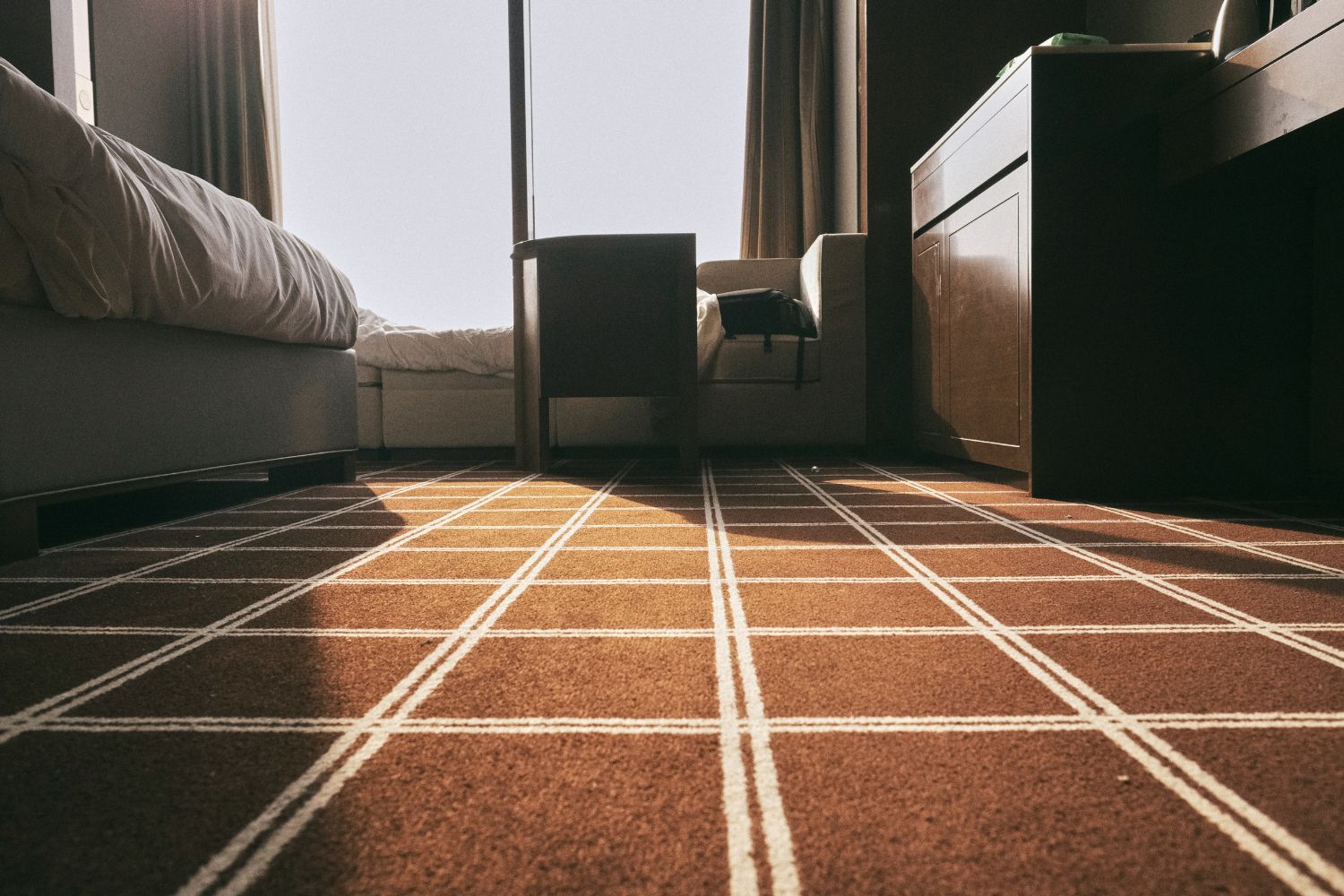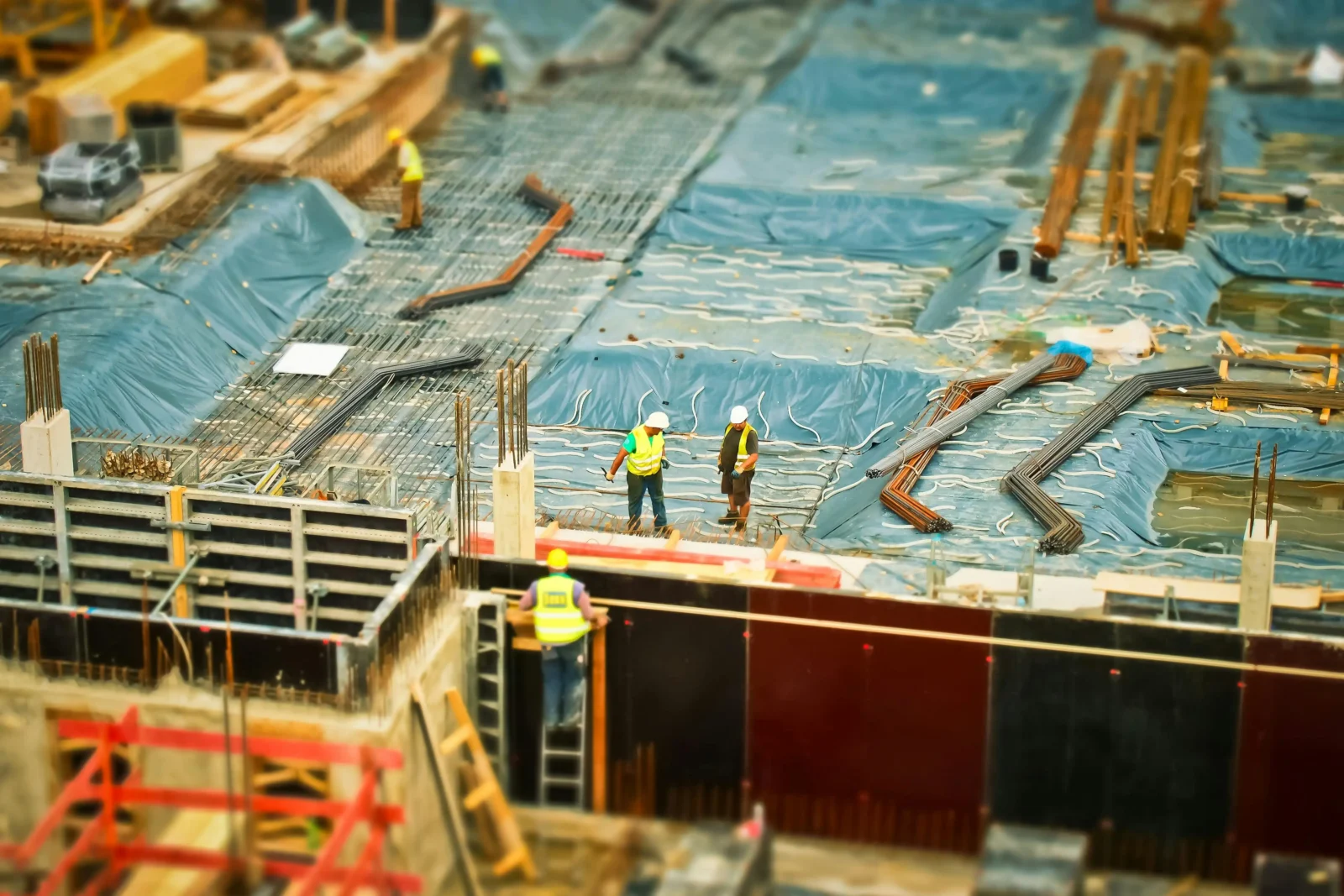- Home
- Articles
- Architectural Portfolio
- Architectral Presentation
- Inspirational Stories
- Architecture News
- Visualization
- BIM Industry
- Facade Design
- Parametric Design
- Career
- Landscape Architecture
- Construction
- Artificial Intelligence
- Sketching
- Design Softwares
- Diagrams
- Writing
- Architectural Tips
- Sustainability
- Courses
- Concept
- Technology
- History & Heritage
- Future of Architecture
- Guides & How-To
- Art & Culture
- Projects
- Interior Design
- Competitions
- Jobs
- Store
- Tools
- More
- Home
- Articles
- Architectural Portfolio
- Architectral Presentation
- Inspirational Stories
- Architecture News
- Visualization
- BIM Industry
- Facade Design
- Parametric Design
- Career
- Landscape Architecture
- Construction
- Artificial Intelligence
- Sketching
- Design Softwares
- Diagrams
- Writing
- Architectural Tips
- Sustainability
- Courses
- Concept
- Technology
- History & Heritage
- Future of Architecture
- Guides & How-To
- Art & Culture
- Projects
- Interior Design
- Competitions
- Jobs
- Store
- Tools
- More
The Art of Stretched Canvas: A Journey Through Time and Design

The beauty of stretched canvas art lies not only in its aesthetic appeal but also in its rich history and evolution. From its origins in the Renaissance era to its current role in modern home décor, stretched canvas has been a timeless medium for artistic expression. This article delves into the history of stretched canvas art and explores how it has become a staple in contemporary interiors.
Table of Contents
ToggleThe Origins of Stretched Canvas Art
Stretched canvas art dates back to the Renaissance, a period of immense cultural and artistic growth. Before the adoption of canvas, artists commonly painted on wooden panels. However, wood presented challenges such as warping and weight, making it less practical for larger works. Enter canvas—a lightweight, durable, and versatile medium that quickly gained popularity among artists.
The use of canvas became widespread in the 15th century, particularly in Venice. The humid climate of the region made wooden panels susceptible to damage, prompting artists to seek alternatives. Canvas, often made from linen or hemp, was a perfect solution. It was stretched over wooden frames and primed with a base layer, creating a smooth surface ideal for painting. Iconic works like Titian’s “Assumption of the Virgin” exemplify the early mastery of stretched canvas art.

The Evolution of Stretched Canvas in the Art World
Over the centuries, stretched canvas prints have evolved significantly, adapting to various artistic movements and styles. During the Baroque and Rococo periods, artists used canvas to create grand, detailed works that adorned palaces and churches. The flexibility of canvas allowed for larger compositions, enabling artists to express their creativity on an unparalleled scale.
In the 19th century, the advent of Impressionism marked a pivotal moment for stretched canvas. Artists like Claude Monet and Pierre-Auguste Renoir embraced the medium for its portability and ease of use. Stretched canvas allowed them to paint en plein air (outdoors), capturing natural light and vibrant colors in their works. This period solidified canvas as the go-to medium for painters.
The 20th century saw a surge of innovation with movements like Abstract Expressionism. Artists such as Jackson Pollock and Mark Rothko pushed the boundaries of stretched canvas prints, using bold techniques and unconventional materials. These modern pioneers demonstrated the endless possibilities of the medium, cementing its place in the art world.
Stretched Canvas in Modern Home Décor
Today, stretched canvas prints are not confined to galleries and museums; they have become a popular choice for home décor. The transition from fine art to everyday living spaces has been driven by advancements in printing technology. High-quality Giclée printing, for instance, enables the reproduction of classic masterpieces and contemporary designs on stretched canvas with remarkable precision.

One of the primary reasons for the popularity of stretched canvas in modern interiors is its versatility. These prints complement various décor styles, from minimalist to eclectic. Homeowners can choose from a vast array of designs, including abstract patterns, nature scenes, and reproductions of famous artworks.
The Environmental Impact of Stretched Canvas
As sustainability becomes a growing concern, stretched canvas art has adapted to eco-friendly practices. Many manufacturers now use recycled materials for canvas and wooden frames. Water-based inks and non-toxic coatings further reduce the environmental footprint of stretched canvas prints. This shift aligns with the values of environmentally conscious consumers, making the medium more appealing to a wider audience.
Choosing the Right Stretched Canvas Prints for Your Space
When selecting stretched canvas prints, it’s essential to consider factors like size, color scheme, and theme. For smaller spaces, opt for compact prints that don’t overwhelm the room. Larger areas, such as living rooms or office walls, can accommodate oversized pieces that serve as focal points.

Another consideration is the edge finish of the canvas. While gallery-wrapped edges provide a seamless look, framed edges can add a touch of sophistication. Regardless of the choice, stretched canvas prints offer endless possibilities for personalizing your home.
Conclusion
The art of stretched canvas has journeyed through centuries, transforming from a practical solution for Renaissance painters to a beloved medium in modern home décor. Its enduring appeal lies in its adaptability and timeless charm. Whether you’re drawn to classic reproductions or contemporary designs, stretched canvas prints offer a perfect blend of history and style for any space. Embrace this art form to bring beauty and character to your home.
illustrarch is your daily dose of architecture. Leading community designed for all lovers of illustration and #drawing.
Submit your architectural projects
Follow these steps for submission your project. Submission FormLatest Posts
Stylish Flooring Ideas for Small Spaces
Small spaces have unique challenges, so it's essential to think creatively. Flooring...
10 Best Christmas Gifts for Architects and Designers 2026
Looking for the perfect Christmas gift for an architect or designer in...
What are the Benefits of Compact Pile Driving Tools
A small crew walks a narrow right of way between trees and...
How to Choose the Right HVAC Installation Service
A quiet mechanical system starts with sound choices before any equipment arrives....












Leave a comment